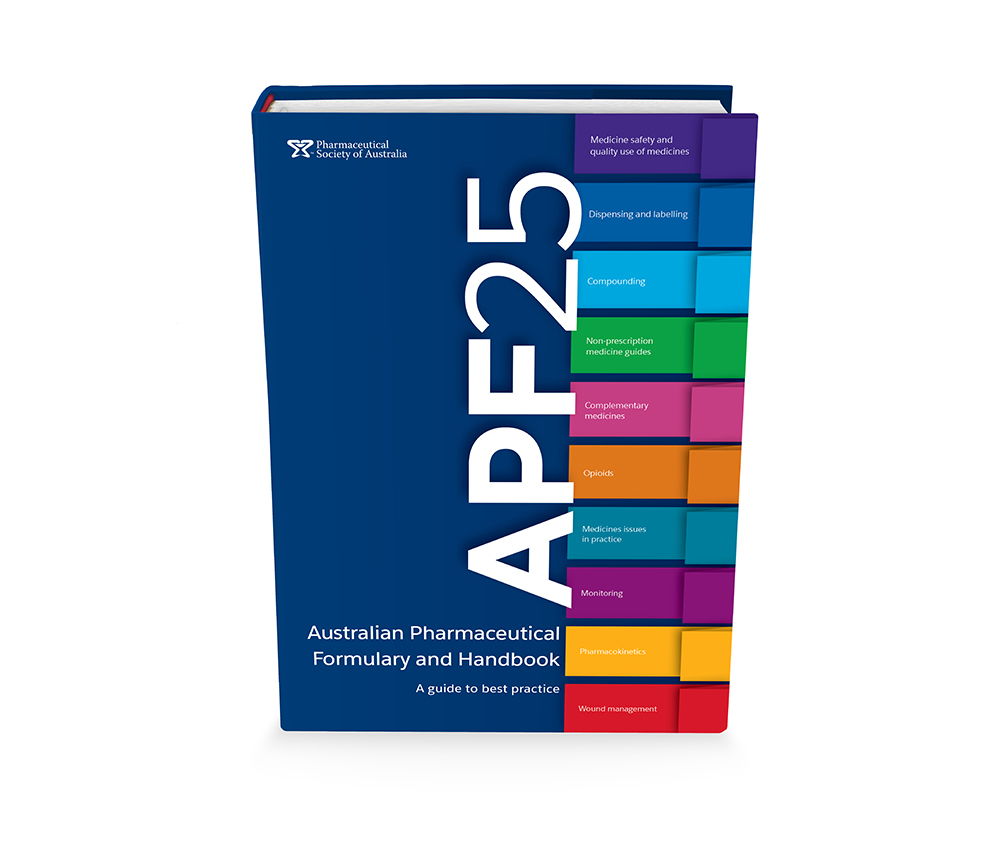A new initiative to transform how pharmacists label antibiotics has been heralded by the Federal Department of Health as the gold standard for antibiotic prescribing and use.
Now, dispensing labels across the country should stipulate the number of days to take the antibiotic, in accordance with the instructions provided by the prescriber, as opposed to the previous advice to take antibiotics ‘until all used’ or ‘until all taken’.
The new cautionary advisory label (CAL D), developed by PSA in collaboration with key medical, pharmacy and consumer stakeholder groups, will both optimise patient outcomes from the medicines they take and work to combat antibiotic resistance, which the Department described as ‘one of the biggest public health issues we face’.
The label will be an additional instruction with the words, ‘Take for the number of days advised by your prescriber’.
Key points
|
Hospital pharmacist Hailey Cordina MPS said that coming from a hospital setting, where there are dedicated antimicrobial stewardship teams, she believes the revised CAL D will be very beneficial.
‘There will likely be a transition period where pharmacists need to educate and communicate with prescribers, but it will soon become familiar and, ultimately, patients’ treatment with antimicrobials will be optimised,’ she said.
Sydney-based community pharmacist Priyanka Satpati MPS is hoping that the initiative will lead to increased compliance from patients.

‘You hear a lot from patients that they haven’t finished their course of antibiotics as they stopped taking them when they felt better,’ she told Australian Pharmacist.
‘Now, we’re hoping that if the medicine is prescribed for a reduced number of days, the patient will complete that specific course.’
The role of pharmacists
While doctors should initially discuss with patients how long to take their antibiotic for, pharmacists will also need to confirm when dispensing antibiotics that patients are aware of the recommended duration.
This is especially important as patients may come across accompanying Consumer Medicine Information leaflets which advise them to complete the pack.
‘Both pharmacists and the prescriber really need to emphasise the usage and confirm with the patient that they’ve understood,’ Ms Satpati said.
‘It’s so different from what they’ve always heard, so it’s really important that we follow up with doctors and really counsel patients on that point.’
Pharmacists should also instruct patients to return to their doctor should their symptoms worsen or fail to improve after the prescribed duration has lapsed.
Explaining the risk of developing antibiotic resistant pathogens through antibiotic overuse to patients when dispensing antibiotics will help them understand the importance of taking their medicine as advised.
‘There’s not a lot of awareness about antibiotics, so the CAL D labelling provides an opportunity for pharmacists to broaden patient knowledge and discuss why they are taking it and the purpose of the intended duration,’ Ms Cordina told AP.
‘It’s also important for pharmacists to emphasise that some antibiotics can interfere with their regular medicines as well.’
If the prescribed duration is not included on the prescription, pharmacists should confirm this with the prescriber and ensure that any repeats are clinically necessary.
Patients should also be advised to return their unused antibiotics to the pharmacy and reminded that they should not keep, give away, flush or throw out their medicines, as this can result in the growth of antibiotic-resistant bacteria.

For more information about the changes, refer to the Australian Pharmaceutical Formulary and Handbook, which has guidance on the best practice labelling relevant to antibiotics.



 Dr Peter Tenni[/caption]
Dr Peter Tenni[/caption]
 How should we deprescribe gabapentinoids, according to the Maudsley Deprescribing Guidelines[/caption]
How should we deprescribe gabapentinoids, according to the Maudsley Deprescribing Guidelines[/caption]



 Pharmacists have always prescribed, but they have the potential to prescribe much more
Pharmacists have always prescribed, but they have the potential to prescribe much more





